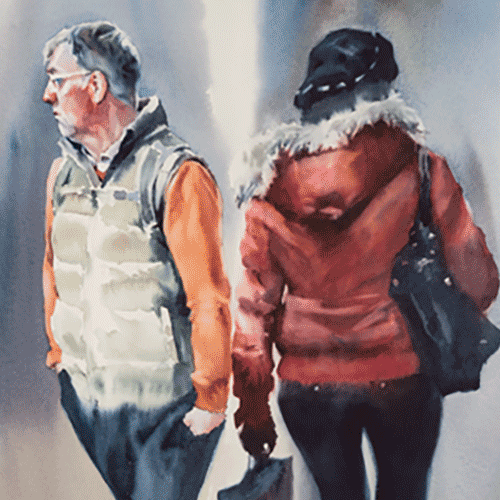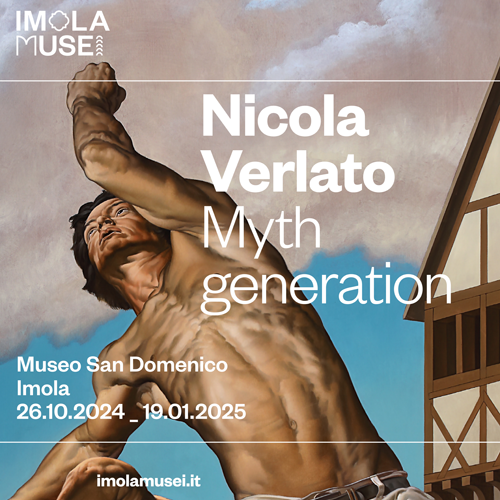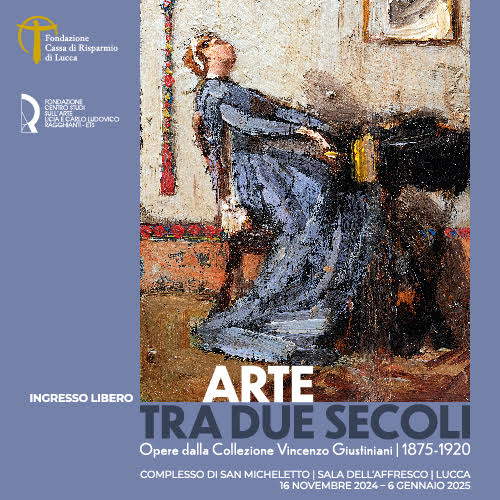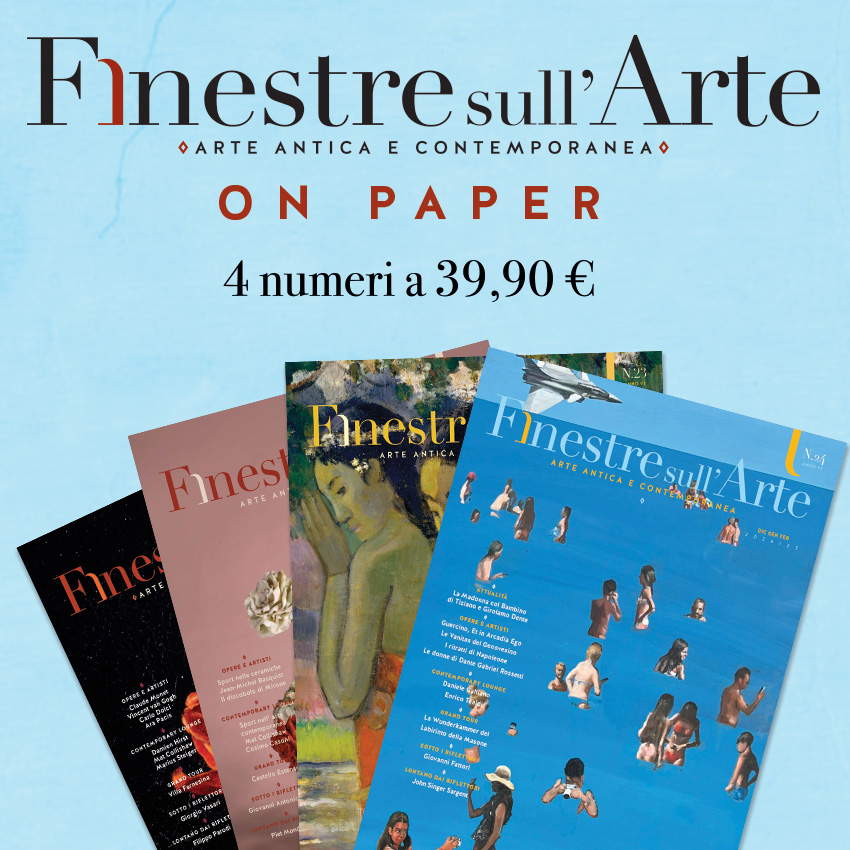Florence, Tornabuoni Arte opens new exhibition space at Palazzo Bianca Cappello
A new space in the heart of Florence for Tornabuoni Arte - Arte Antica, which is participating in the XXXIII edition of the Florence Biennale Internazionale dell’Antiquariato with an exhibition featuring a selection of new works and taking the opportunity to inaugurate its new location. The event will be held on Saturday, September 28, at 5 p.m. The new exhibition space is located on the ground floor of Bianca Cappello’s historic palace, adjacent to the gallery’s headquarters on Via Maggio, one of the most beautiful and interesting buildings in the city. This expansion thus goes on to create one of the city’s largest antiquarian galleries, strengthening Tornabuoni Arte’s position in the Florentine scene.
The exhibition anticipates the publication of the catalog Antique Paintings and Furniture 2024 and brings together precious paintings, sculptures, furniture and objets d’art, reflecting founder Roberto Casamonti ’s constant attention and research to meet the needs of collectors and enthusiasts.



Among the masterpieces on display is a Madonna and Child Enthroned and Saints Julian and Anthony Abbot, attributed to the Pseudo Maestro di Carmignano, a 14th-century gold background of great devotional and historical value. This is an artist whose activity is being studied: very close to the author of the late 14th-century frescoes in the church of San Michele in Carmignano, he was likely formed by studying the work of Agnolo Gaddi. Two oils on copper by the Flemish School (late 16th-early 17th century), depicting scenes from the Seven Works of Mercy, and a lively Portrait of a Florentine Noblewoman, attributed to Alessandro Allori, an exemplar of Florentine Mannerism that was painted on the occasion of the marriage of two young noblemen, also stand out. Again, Guercino’s painting I vecchioni, datable to around 1617-1618, is a preparatory sketch for the famous painting Susanna e i vecchioni, kept at the Prado Museum. According to Nicolas Turner’s studies, Guercino had prepared two separate versions for the final painting, focusing separately on the different groups of characters. This sketch, which focuses on the old men, reveals the methodology used by the artist to compose the final work.
Prominent among recent acquisitions is Philemon and Bauci by Orazio De Ferrari, a Genoese Baroque painter, which depicts an episode from Ovid’s The Metamorphoses. The work was chosen as the cover of the catalog “Paintings and Ancient Furniture 2024” and included in Piero Donati’s monographic volume. Another masterpiece is the monumental Vase of Flowers with a Parrot, attributed to the sphere of Jan Peeter Verbruggen II, a Dutch painter who specialized in portraying still lifes with realistic precision. The work depicts a vase overflowing with flowers on an adorned pedestal, while a parrot lurks among the vegetation, busy pecking at fruit.
The pictorial section concludes with a Veduta di Venezia, depicting the island of San Giorgio Maggiore, attributed to Giacomo Guardi, son and pupil of the famous Francesco Guardi, which can be dated immediately after the first decade of the 19th century. As for sculpture, a Madonna and Child, a polychrome stucco bas-relief from the workshop of Antonio Rossellino, an expression of Florentine Renaissance art and religious devotion of the time, stands out. Also of note is a marble Young Bacchus, a work of the late Baroque Tuscan school, attributed by Sandro Bellesi to Isidoro Franchi, a pupil of Giovan Battista Foggini.




Also on view are two alabaster sculptures depicting Cupid and Psyche, attributed to Giovanni Insom, a sculptor active in Trentino and Florence in the 19th century. The collection also includes fine furniture, such as a mid-sixteenth-century Sienese wedding chest, decorated with grotesque motifs; a Louis XVI Genoese console with a Broccatello marble shelf from Spain; a Victorian-style English dormeuse; and a center table with a semi-precious stone commesso top, reminiscent of Art Nouveau.
Among the decorative objects are a sumptuous 17th-century Florentine tabernacle in polychrome marble, inspired by the master Buontalenti, and an 18th-century cabinet of German or Dutch origin, with inlays that enrich the still Rococo architectural lines.
The opening marks a new chapter for Tornabuoni Arte, which confirms itself as a point of reference for antiques in Florence and internationally.
 |
| Florence, Tornabuoni Arte opens new exhibition space at Palazzo Bianca Cappello |
Warning: the translation into English of the original Italian article was created using automatic tools. We undertake to review all articles, but we do not guarantee the total absence of inaccuracies in the translation due to the program. You can find the original by clicking on the ITA button. If you find any mistake,please contact us.





























